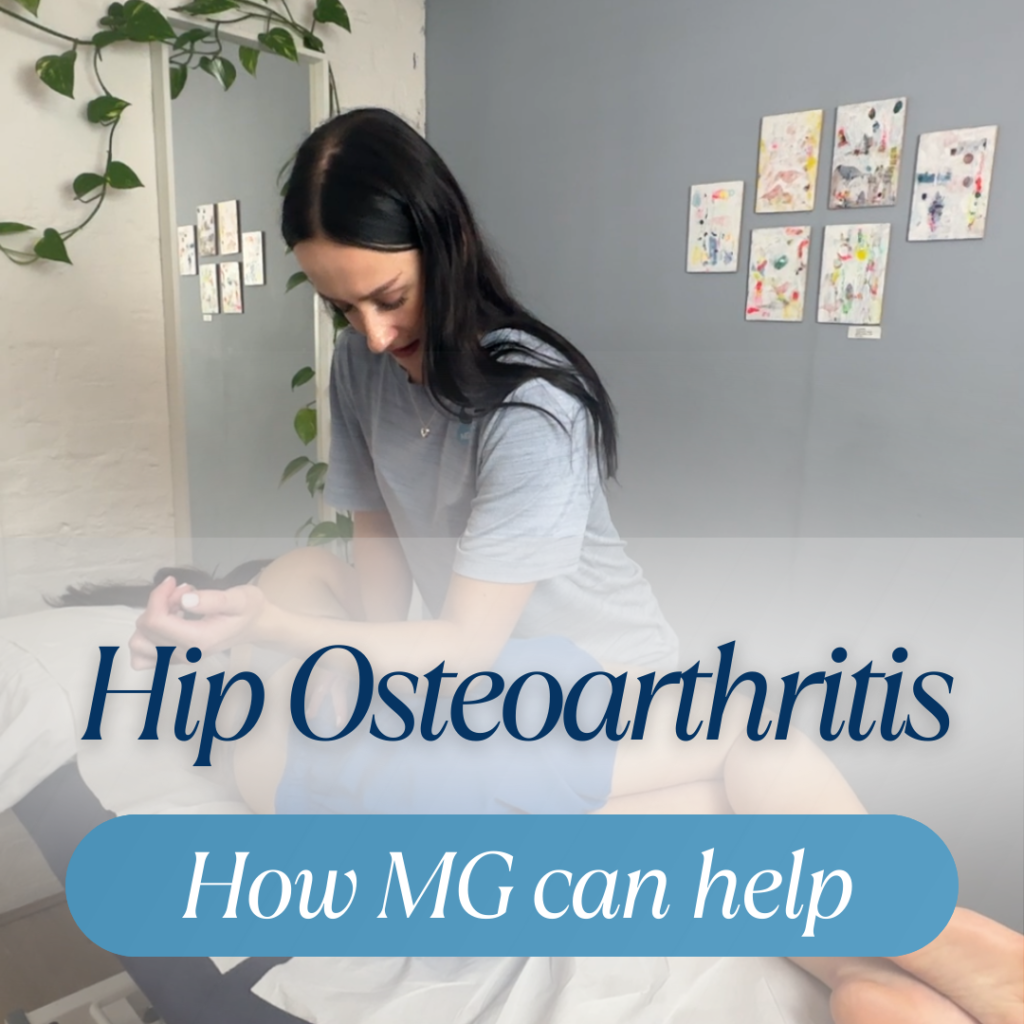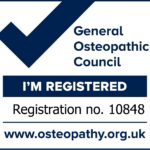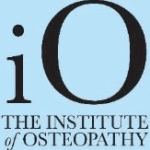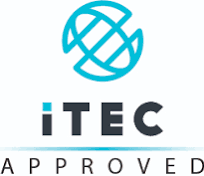Introduction: Hip osteoarthritis (OA) is a degenerative joint condition that affects millions of people globally, particularly older adults. It occurs when the cartilage in the hip joint breaks down, leading to pain, stiffness, and impaired movement. This blog explores the anatomy of the hip joint, the causes and symptoms of hip OA, risk factors, and how treatments, including osteopathy and the latest guidelines, can help manage the condition.
Hip Joint Anatomy and Osteoarthritis
The hip is one of the largest ball-and-socket joints in the body, vital for mobility. It consists of:
- Femoral Head (Ball): The upper end of the thigh bone, coated with cartilage for smooth movement.
- Acetabulum (Socket): The part of the pelvis where the femoral head fits.
- Labrum: A cartilage ring that supports hip stability.
- Synovial Membrane: Produces fluid that lubricates and nourishes the joint.
- Ligaments and Muscles: Surround and stabilize the joint.
In hip OA, the cartilage deteriorates, causing bone-on-bone contact, pain, and inflammation. This damage can lead to bone spurs and further joint deformities.
Causes and Risk Factors for Hip Osteoarthritis
Hip OA develops when the protective cartilage breaks down over time. Contributing factors include:
- Age-Related Wear and Tear: Common as people age, particularly after 50.
- Genetics: A family history of OA can increase the likelihood of developing the disease.
- Injuries or Trauma: Past hip injuries, including fractures and dislocations, can accelerate OA development.
- Obesity: Excess body weight adds stress to the hip joint, leading to faster cartilage wear.
- Congenital Issues: Conditions like hip dysplasia (abnormal joint development) raise the risk of OA.
- Repetitive Strain: Activities that place excessive stress on the hip joint can contribute to early cartilage damage.
Symptoms and Presentation
Hip osteoarthritis typically progresses slowly, but over time, it leads to more noticeable symptoms such as:
- Hip Pain: Pain is often felt in the groin, thigh, or buttocks, worsening with activity.
- Stiffness: Particularly noticeable after periods of rest or inactivity, like in the morning.
- Limited Range of Motion: Difficulty with everyday movements, such as bending, sitting, or walking.
- Joint Noise (Crepitus): A grating or cracking sound when moving the hip.
- Muscle Weakness: Reduced use of the hip joint can weaken surrounding muscles, impacting movement further.
How Osteopathy Can Help Manage Hip Osteoarthritis
Osteopathy is a non-invasive therapy focusing on improving the body’s structure and function through hands-on techniques. It can provide several benefits for people with hip OA:
- Pain Relief: Soft tissue massage, stretching, and joint manipulation can alleviate tension and reduce inflammation around the hip joint.
- Increased Mobility: Gentle manipulation techniques help restore joint movement and flexibility.
- Posture and Alignment: Correcting postural imbalances reduces unnecessary stress on the hip joint, improving overall function.
- Strengthening Exercises: Osteopaths often recommend exercises to strengthen muscles supporting the hip, reducing pressure on the joint.
- Holistic Approach: Osteopathy considers the patient’s entire health and lifestyle, helping to create a long-term management plan tailored to individual needs.
Treatment Options and Management Protocol for Hip Osteoarthritis
A comprehensive management plan for hip OA typically includes:
- Lifestyle Modifications:
- Weight Loss: Reducing body weight helps decrease the strain on the hip joint.
- Exercise: Low-impact activities like swimming, cycling, and walking help improve mobility and muscle strength.
- Ergonomic Adjustments: Using assistive devices like canes can reduce joint stress.
- Physical Therapy: Tailored exercises focus on strengthening muscles around the hip, improving flexibility, and reducing pain.
- Medications:
- Pain Relief: Over-the-counter medications like acetaminophen or NSAIDs (ibuprofen) are commonly used for pain management.
- Steroid Injections: Corticosteroid injections directly into the joint can offer short-term pain relief for severe cases.
- Surgical Options: For advanced cases where conservative treatments fail, total hip replacement surgery may be necessary, replacing the damaged joint with artificial components.
NICE Guidelines for Managing Hip Osteoarthritis
The National Institute for Health and Care Excellence (NICE) offers evidence-based guidelines for managing hip OA. Key recommendations include:
- Holistic Assessment: Treatment should be patient-centered, considering the individual’s overall health, lifestyle, and symptoms.
- Non-Pharmacological Interventions:
- Exercise: A core treatment, focusing on strengthening, flexibility, and aerobic activity to maintain joint health.
- Weight Loss: For overweight patients, weight management is crucial to reduce joint strain.
- Pharmacological Treatments: NICE recommends NSAIDs or acetaminophen for pain relief. For severe cases, intra-articular corticosteroid injections can provide temporary relief.
- Surgery Referral: Patients who experience severe pain and loss of function despite conservative treatments may be referred for hip replacement surgery.
Conclusion
Hip osteoarthritis can significantly impact daily life, but a combination of lifestyle changes, osteopathic care, and medical treatments can help manage symptoms effectively. Osteopathy offers a holistic, non-invasive approach to improving joint function and reducing pain, while the NICE guidelines emphasize exercise, weight management, and patient-centered care. Consulting healthcare professionals for personalized treatment plans can improve long-term outcomes and quality of life





